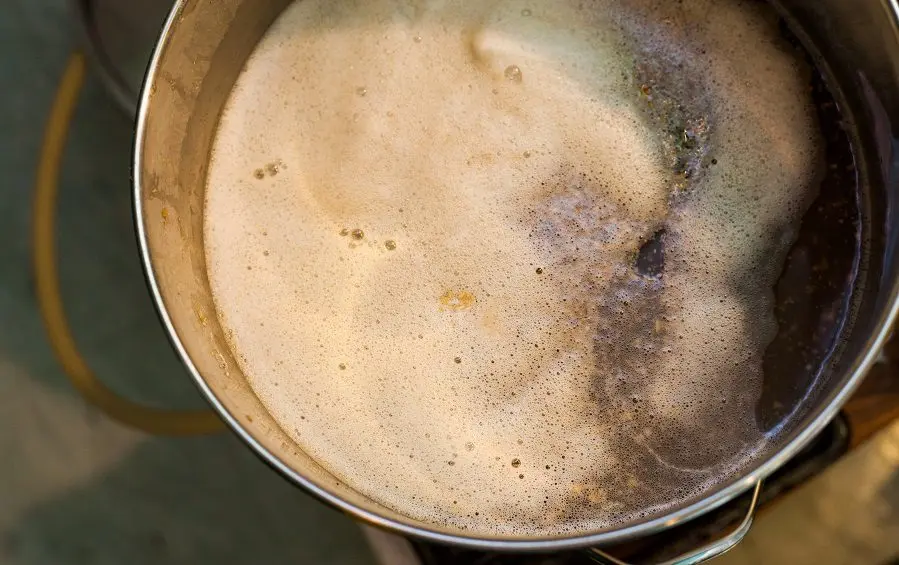Barda is a light brown liquid that remains in the cube after the distillation of the mash. In the classical technology for the production of ethyl alcohol (rectification), it is considered a waste of production and is subject to disposal (in some cases, processing for animal feed). Considering that for every liter of pure alcohol there are 12-13 liters of stillage, home distillers are trying to find a useful use for this substance, some even make repeated mash based on it.
Options for using bards:
1. Just pour
If the mash is completely fermented and properly distilled, then this is what most moonshiners do. The remaining alcohol in the bard, which, theoretically, can be obtained next time, is not worth the effort. In addition, for an increase in the amount of moonshine, one has to pay with a deterioration in quality.
The fact is that after distillation, dead yeast strains and other harmful impurities remain in the bard, which worsen the aroma. An unpleasant odor appears in the moonshine, which cannot be completely removed by any cleaning method, including re-distillation. Only rectification will help.
Attention! Do not pour hot vinasse down the drain immediately after distillation, let the liquid cool to room temperature or mix with tap water, otherwise the pipes may burst or deform.
Note to residents of Russia: according to the law of the Russian Federation “On state regulation of the production and circulation of ethyl alcohol, alcoholic and alcohol-containing products”, it is forbidden to dump untreated stillage into water bodies and sewer systems without preliminary processing.
2. Reuse in mash
That is, simply add a new portion of sugar and yeast to the stillage cooled to room temperature (the first batch dies when the mash is heated).
The arguments of the supporters of this method are as follows: water costs are reduced with large volumes of production, you can get alcohol left in the mash after the first distillation, bard is a top dressing for yeast. All the advantages are offset by one drawback – the deterioration of the aroma, and in some cases the taste of moonshine.
The reuse of mash is allowed only in some technologies for the production of Irish whiskey. It is believed that barda gives a pronounced grain flavor, but you need to choose the right composition and proportions of grain, and this requires a number of experiments, and it is not a fact that they will be successful.
Distillers add up to 30% (usually 15-20%) stillage to new grain mash, after filtering the grains. Attempts to do something similar with fruit or sugar moonshine were unsuccessful, the barda noticeably worsened the quality.

At home, it is advisable to use bard only if the mash was not fertile and was distilled sweet. You can put a new batch with a water ratio of 1:6:1 (for one part of stillage, six parts of water and one part of sugar). At the same time, be sure to add new yeast. Before mixing, bard can be stored in the refrigerator, but not longer than 3 days.
3. Alternative methods
The author of this article has no experience in the practical application of the methods below, so only theory is presented.
Due to the content of protein, carbohydrates, fiber and trace elements, bard can be used as animal feed in processed and unprocessed form.
In Latin America and Asia, bard is used as a fertilizer, simply poured into the ground. But the effect of this substance on the environment (soil and groundwater) has not been studied, so the technique has not yet received wide distribution.
In the Soviet Union, they tried to make a plasticizer for concrete and cement-sand mixtures from stillage, but it was not economically profitable to use a plasticizer outside a radius of 80-100 km from the place of production (distillery).









